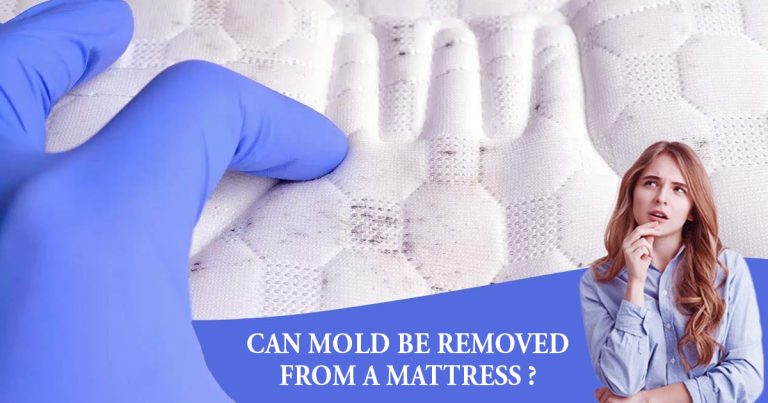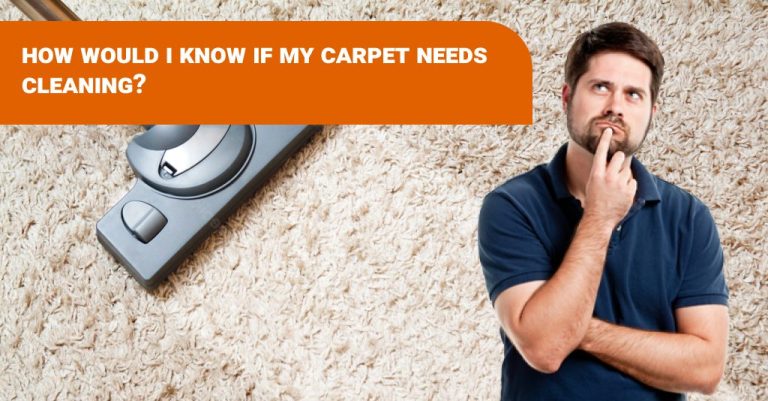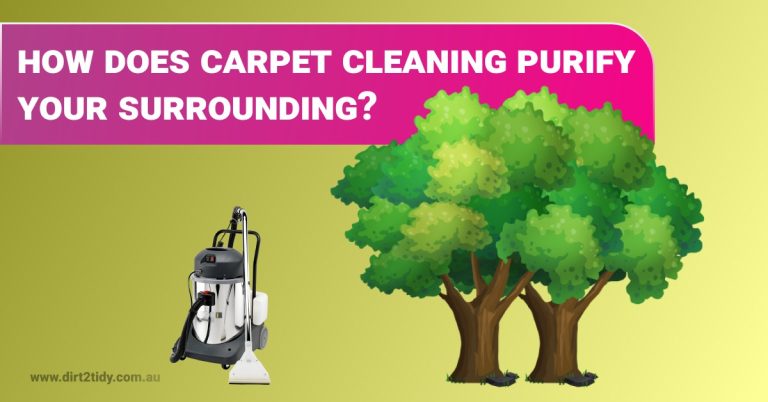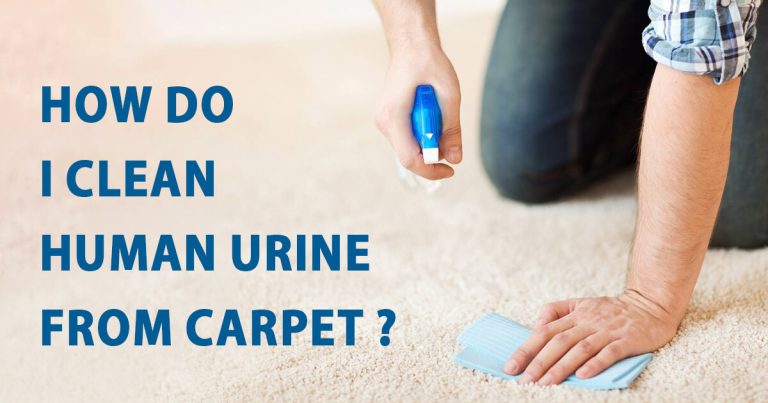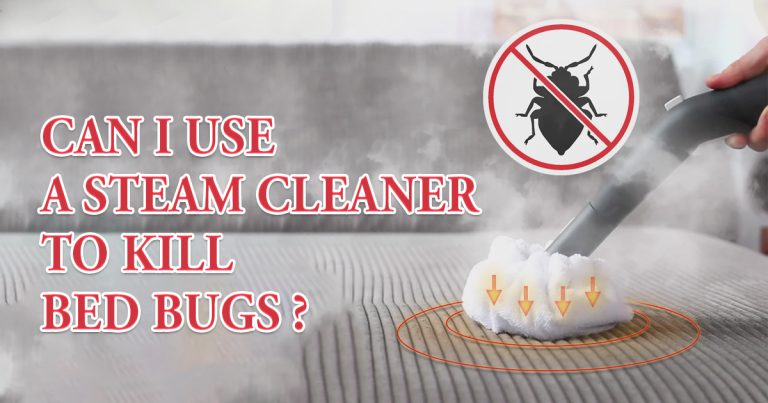Table of Contents
Many of you are aware that carpet and damp don’t get along well. If a damp carpet is not quickly dried, problems may arise. One of the numerous issues that might arise and have a detrimental impact on your health is mould development if you dont speed up the drying process.
But mould isn’t the only troublemaker lurking in a soggy carpet. A moist carpet may stink up your house in addition to encouraging mold growth so keep air dry after water spills. That unmistakable musty odor is often the first sign that moisture is trapped in your carpet fibers, and no amount of vacuuming or air freshener will chase it away until the root of the problem is addressed.
Letting wet carpet sit doesn’t just risk a smelly living room—it can also damage the padding underneath and even your subfloor. If left untreated, the dampness becomes a breeding ground for mold and mildew, which love nothing more than a dark, warm place to multiply. Once mold gets into the carpet pad, it’s nearly impossible to get rid of, and it can quickly start affecting your home’s air quality. This is especially dangerous for anyone sensitive to allergens, including kids and pets, and could lead to lingering allergy symptoms or frequent sickness in your household.
In short: drying your carpet promptly isn’t just about appearances or odor—it’s essential for a healthy, comfortable home.
A moist carpet may stink up your house in addition to encouraging mold growth so keep air dry after water spills. It should go without saying that you must immediately seek expert water damage repair services if your carpet fibers have sustained any kind of water damage. Before it becomes worse, you may also figure out how to dry it yourself.
How can you tell if your spill water on my carpet, even if it doesn’t look damp?
It might sound odd, but sometimes a carpet can be damp without actually looking wet to the naked eye. Moisture often hides beneath the surface, making it tricky to spot. For instance, you might overlook a slow leak behind a sofa or in a quiet corner until the effects start cropping up.
So how do you sniff out sneaky moisture?
Follow your nose: One of the earliest indicators is an unpleasant, musty odour wafting from the carpet. This smell tends to linger no matter how many times you vacuum or spray a little air freshener, and it’s often the tip-off that something is amiss below.
Check for persistent health symptoms: If you or your family suddenly experience more allergies, respiratory issues, or the pets seem to be sneezing more, hidden dampness could be the culprit.
Look closely at the carpet: Dampness doesn’t always come with puddles. Sometimes you’ll notice the carpet changing colour in certain patches or looking just a shade off from the rest. Discolouration often points to underlying moisture.
Touch test: If you suspect a problem area, press a paper towel or cloth firmly onto the carpet and see if it comes up damp—it’s a low-tech but effective trick.
Because damp can be sneaky and unforgiving, it’s always worth double-checking your carpets, especially after a spill or if you notice persistent musty smells. This way, you can tackle the problem before it turns into a full-blown mould fiesta.
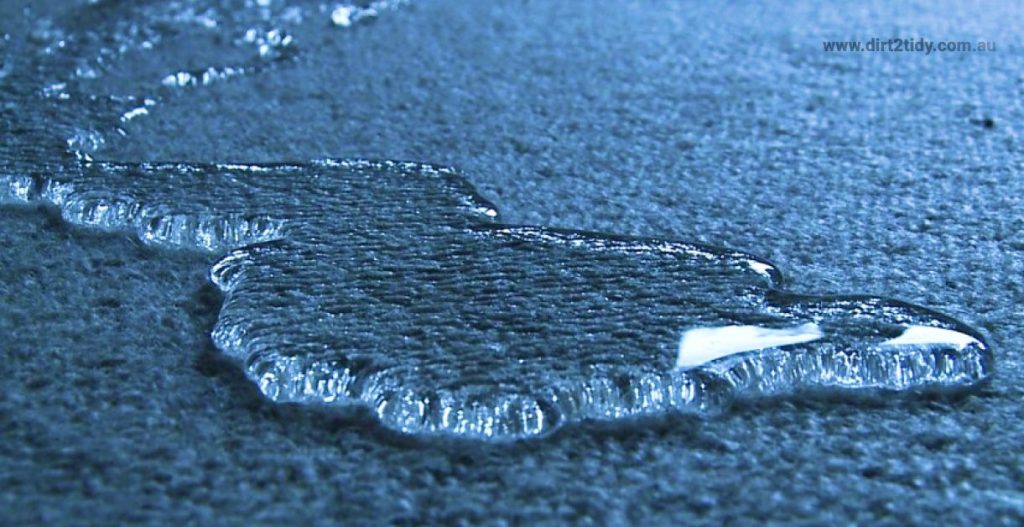
Prior to drying your wet carpet, think about what to do
While it’s important to dry the wet area of your carpet as soon as possible after a leak or water damage, if you don’t take care of a few things beforehand, the effort won’t be successful.
How to Spot Hidden Carpet Moisture or Water Damage
Detecting hidden moisture in your carpet isn’t always obvious until the effects start to build up. One of the earliest signs is a stubborn, unpleasant smell—think musty or sour—that just doesn’t disappear, no matter how many times you vacuum. This odor can quietly invade your home’s air, making every room feel less than fresh.
But that’s not all. Keep an eye out for:
- Lingering musty scent – persistent even after cleaning
- Increased allergy symptoms or ongoing colds among people or pets in the house
- Patches of discoloration or damp spots on the carpet that don’t match the rest
- Walls or baseboards near the carpet feeling damp to the touch
If you spot any of these signs, there’s a good chance moisture has made itself at home in your carpet—and it’s time to take action before things get worse.
Sanitizing Walls and Baseboards: When Is It Needed?
You might be wondering if you need to sanitize your walls or baseboards after a water spill. The answer depends on how close the water came to these surfaces. If the spill reached right up to the walls or baseboards, it’s wise to give them a quick wipe-down with a mold-targeting cleaner, like one containing hydrogen peroxide or a store-bought mold remover. This extra step helps prevent mold or mildew from taking hold in those crevices.
However, if the damp area stayed clear of the walls and baseboards, you can usually skip this chore. Just focus on drying the carpet and you’ll be set!
Repair the Leak:
You must locate the source of the leak and fix it before drying your carpet. To prevent further harm to the carpet, you must get the leak repaired, regardless of whether it was caused by a broken pipe, a leaky roof, or another problem.
Clear the Area:
Furniture and other things Sitting on a damp carpet can prevent it from drying properly. Everything on the carpet should be moved to a tidy, dry area.
Handle Furniture Properly
If any of your furniture has been resting on the wet carpet, take extra care to move these items to a dry location as soon as possible. When table legs or chair bottoms are left sitting on damp carpet, both the wood and the carpet can end up worse for wear, facing issues like mold, warping, or staining.
To help both your carpet and your furniture recover:
- Relocate furniture to a spot where air can circulate around it.
- If possible, stand wooden pieces on towels or risers so they dry evenly and avoid water absorption.
- Wipe off any moisture from the undersides or legs.
- Allow the area beneath to air out completely before placing items back.
Taking these steps right away can help prevent lasting damage and make the drying process much more efficient.
Avoid Walking on Wet Carpet:
Walking on a damp carpet may wear it down owing to its delicate state, in addition to bringing in dirt. To avoid damaging your hard work, bring out any object that will require you to walk back into the room before you start drying your carpet.
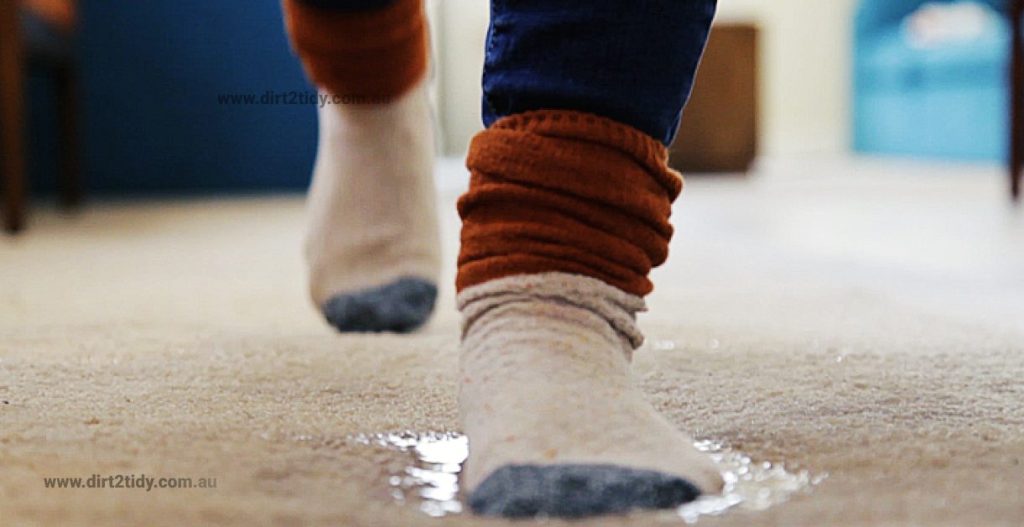
Suggestions for Drying a Wet Carpet
Start by removing water-soaked padding off the carpet. The amount of water on the carpet will determine the kind of equipment you employ for this procedure. A submersible pump and a shop vac work well to remove a lot of water from carpet that has been thoroughly saturated with it.
Use only the shop vac if the water doesn’t entirely cover your carpet. Conventional vacuum cleaners are not designed to handle water suction, thus a shop vac has higher suction force than a regular vacuum. You may rent a shop vac and submersible pump from your local hardware store. After using a little baking soda to remove excess moisture, you’ll find it’s especially effective at lifting and absorbing trapped dampness from the carpet fibers. Just sprinkle a generous layer across the affected area, let it sit for at least 30 minutes (longer for larger spills), and then vacuum it up thoroughly. Not only does this help accelerate drying, but it also leaves your carpet smelling fresher and feeling softer underfoot.
Can Steam Cleaning Help Remove Excess Water?
Steam cleaning can play a role in removing excess water from carpet fibers—especially if you use a professional-grade machine, like those available from Bissell or Rug Doctor. These machines don’t just apply steam; they also use high-powered vacuums designed to extract moisture from deep within the carpet pile.
That said, steam cleaning works best after you’ve already removed as much standing water as possible with a shop vac or submersible pump. The strong suction in steam cleaners can lift additional residual moisture and, as a bonus, help clean the carpet to reduce the risk of lingering odors or mold.
Remember: Household vacuum cleaners aren’t equipped for this task, but a steam cleaner can give you that extra boost—just make sure your carpet isn’t still soaking wet before using one.
Place absorbent towels on the carpet and press them firmly into place after using the shop vac to remove as much water as you can. This will assist in absorbing any lingering moisture on the carpet.
It may be necessary to contact a water damage expert rather than attempting to handle the water damage yourself if there is still too much water that has seeped into the carpet at this stage.

Consider Cleaning Walls and Baseboards
If the spill or leak occurred close to walls or baseboards, it’s a smart move to wipe these areas down. Moisture can easily creep up onto baseboards and lower sections of the wall, creating an inviting environment for mold and mildew. Use a sanitizing solution or a mild bleach mix to go over these spots, especially if the carpet was in direct contact.
However, if the wet patch on your carpet didn’t reach the walls or baseboards, you can typically skip this step. The focus should remain on areas where water, even in small amounts, has touched surfaces—being thorough now can save you headaches (and odors) down the road.
DRY THE CARPET WITH AIR
Install fans and dehumidifiers in the space to improve airflow and promote evaporation. The fans should ideally be repositioned after a few hours of checking. Even a small, household dehumidifier will speed up the process and help prevent any lingering damp smells. Combining fans and a dehumidifier ensures moisture is drawn out of both the carpet and the air, making the entire room fresher, faster.
A hairdryer can help hasten the drying process if the water damage is not severe. When testing to see if the area you just blow-dried is dry, hold the object a few inches from the carpet and move it back and forth while letting it cool. If you touch it while it’s still warm, you might believe the region is dry when it is not.
CONSIDER STEAM CLEANING AFTER A WATER SPILL
Once you’ve removed as much water as possible and the carpet has started to dry out, it’s a good idea to steam clean the area. Steam cleaning doesn’t just clean the surface—it uses hot water extraction to reach deep into carpet fibers, helping to remove residual moisture and contaminants.
This method is particularly effective for drawing out water that’s seeped down where ordinary vacuums can’t reach. The intense suction of a professional-grade steam cleaner can pull out lingering dampness, which helps to further reduce the risk of mold and mildew growth.
As an added bonus, steam cleaning refreshes your carpet by removing dirt that may have come up with the water. If you don’t already have the right equipment, you can rent a steam cleaner from brands like or at local hardware or grocery stores.
Steam cleaning not only helps with drying but also sanitizes, leaving your carpet looking and smelling better than before.
STEAM CLEAN TO LIMIT MOLD GROWTH
Once you’ve removed as much water as possible and allowed some air drying, steam cleaning is a smart move to help reduce the risk of mold growth. Why? Steam cleaners don’t simply add moisture—they use high heat to penetrate deep into carpet fibers, lifting out dirt and bacteria, and then powerful suction removes both the steam and any lingering moisture.
In addition to drying, the heat from steam cleaning helps kill mold spores and germs that could otherwise flourish after a spill. Most commercial-grade steam cleaners, like those from Bissell or Hoover, are equipped with strong vacuums, which means you can extract even more moisture trapped in the carpet pile.
Bonus: You’ll get a fresh, clean carpet out of the process—no musty odors or surprise guests in the form of mildew.
If you don’t have a steam cleaner at home, many hardware stores offer rentals. Just be sure to follow up with good ventilation to speed up the drying, and always check that the carpet is completely dry before putting furniture back.
PUT A NEW CARPET PADDING IN
The carpet cushioning is vulnerable to serious damage from water. It might not be enough to just dry the carpet to prevent water damage.
If the padding below is not thoroughly dried off, mould damage may develop and eventually spread to the carpet. It could be nearly impossible to save both the carpet and the padding below in severe water damage situations, such as a flood. In this instance, it is advised to take out the carpet and replace it with new padding.
Conclusion
When it comes to dealing with wet carpets, swift action is crucial to prevent long-term damage like mold growth, odors, and weakening carpet fibers. While basic drying techniques like blotting, vacuuming, and using fans can help, sometimes the situation requires professional carpet cleaning services. A professional team has the expertise, equipment, and knowledge to ensure that your carpet is properly dried, sanitized, and restored, minimizing the risk of mold and other issues.
Dirt2Tidy offers expert carpet cleaning services that go beyond basic care. We utilize advanced techniques like steam cleaning to remove excess moisture, sanitize your carpets, and restore their freshness. With our fast response times and commitment to quality, we’ll ensure that your carpets are thoroughly cleaned and dried, preventing any health risks and maintaining the integrity of your flooring.
Don’t let water damage ruin your carpet— Get a free quote from Dirt2Tidy today and trust our professional cleaners to handle the hard work. We’ll help restore your carpet to its pristine condition, so you can enjoy a cleaner, healthier home in no time.

